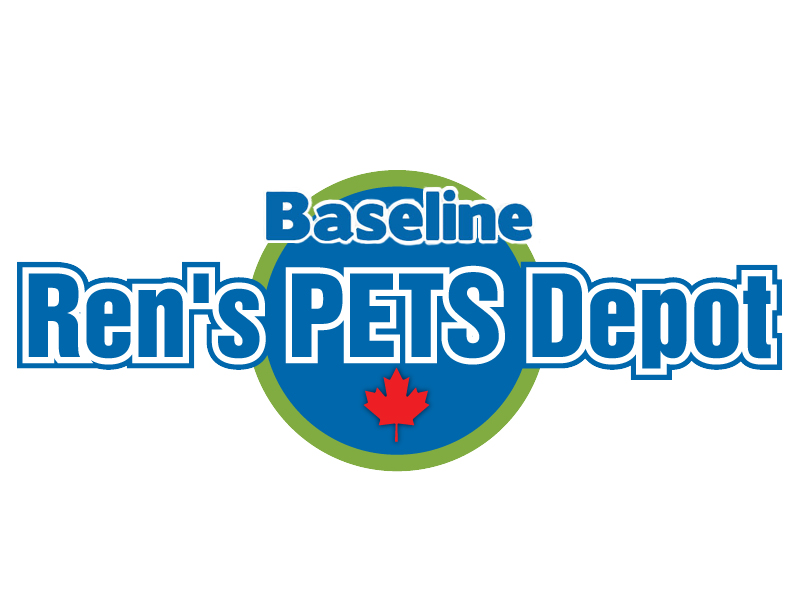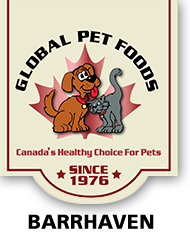Recommendations differ on running in warmer temperatures, as dog breeds and specific individual dogs also differ. Heavy coated dogs and dogs carrying any extra weight (ie you cannot easily feel their spine or ribs) will overheat quicker than lighter and/or shorter coated dogs.
Training recommendations: Many mushers choose to use a combination of humidity and temperature to determine their cut-off point. If temperature in Farenheight plus Humidity level (F+H) equals 120 most mushers will not run their dogs, other than a very short distance. Some mushers use 100 as their cut-off. Especially for a beginning musher, or a new or old dog, it is wise to consider distance with care if the F+H is over 100, better safe than sorry until you know your dogs better. Many dogs are enthusiastic enough not to realize that they are overdoing it, so it is your job to ensure that the run is safe for the dogs. See chart in appendix A of “Fall Training Tips for Sled Dogs” below, for F+H cut-offs and care zones (with Celsius conversions as well). Consider shorter distances and/or a rest/water break if you are in the questionable zones.
Consider if the course you are running is in full sun, or shade. Obviously full sun can add to heat stress, particularly with dark coloured dogs. Some say that 2-3 km and under is short enough that running somewhat over the temperature recommendations may be reasonably safe if the musher is attentive for signs of stress.
Distance mushers generally recommend to take care running between 6-10°C, taking humidity into account, and not to run more than 7 miles or so. They recommend a water stop and short break at 3 miles or so. They are generally training with an ATV and use the engine or brakes to hold the speed down. Remembering that these mushers are experienced and know their teams very well. They have well trained dogs who know to vary their effort according to the musher’s directions, so are far less likely to overdo it. The musher remains alert for any sign of stress, knowing that any individual dog may find this too much.
I have seen individual dogs overheat in somewhat under zero degree conditions when running more than 5 miles, so take care with longer distances when running recreational dogs even at what may seem like lower temperatures. Partner slower dogs together so that no dog is running faster than they are comfortable with.
Testing your dogs: After your run, or while taking a break during a run, offer your dogs a small treat. If they won’t eat it (and normally would), they have likely run too far, or too hot. Take a long break, or put the affected dog on the sled to ride back; and in future adjust your distances or teams to avoid this.
Offer water 5 minutes after returning from a run. Normally the dogs will take only what water they need to rehydrate, but occasional dogs will drink too much, particularly if they are feeling overheated. This can cause bloat. Limit to 1.5-2 cups of water, then offer again in 5-10 minutes when they have had a chance to digest. Consider adding ice-cubes to the water if it is warm, not too much ice though as you can put an overheated dog into shock with a severe temperature change.
It is not uncommon when the dogs are first getting back into shape for them the cough up mucus after a run that is longer and harder than they are used to. Take this as an indication that you have likely trained too hard, and ease off for the next run.
Racing organizations like IFSS, WSA, QSDA, ISDRA have specific rules for racing temperatures. These organizations are setting cut-offs with experienced mushers and racing fit dogs in mind; and even then mushers are expected to know their own dogs’ limits and judge accordingly. These cut-offs range from 10 degrees with 85% humidity to 18 degrees celsius with some higher exceptions for short distances. Many will cut the distance at 10 degrees, and cancel entirely at 15-18 degrees. Cut-offs can vary for canicross, bikejor and sootering/sledding.
For specific race giving organization rules see Appendix B of “Fall Training Tips for Sled Dogs” below. For mushers’ general training for heat comments see Appendix C.
More about heat stress in dogs: how to recognize it, and what to do about it.











